What’s Up Y’all,
We are gonna flip the script on you and instead of giving you a survival tip and will be giving you a Tactical Tip, after all this is called NW Tactical. Today we will be going over different shooting positions.
First and foremost is the Ready Positions there are three different type of Ready Positions, all three of these Ready Positions allows you to have one hand off the gun so you can perform seperate tasks, but you are still ready to fire when nessacary.
The first Ready Position is Low and Ready. This is the most common position for tactical shooting. Low and Ready is the best position when you are searching for a target or approaching a target area at a fast rate. This position also is the fastest to move from to a shooting position.
High Ready is one of the least common ready positions but something worth knowing, the reason for this is because at most shooting ranges it is against the rules to point your gun straight up in the air because of accidental discharge. No one wants bullets raining down on them. However when in a tactical situation and you are moving around a large group of people it is the safest way to hold your gun. It is also easier to perform tasks with the support hand while holding the gun in a High Ready position, such as reloading, or pulling and tossing a grenade/flashbang to clear a room.
The last ready position is Sling Ready or in other terms Patrol Ready. You always hear that that you should always be in a low ready position but unfortunately it is just not practical. Sling Ready is the most comfortable position for long term patrols with a rifle like an M16A2 or M4A1. WIth the Sling Ready position you can relax both your arms against your body to prevent fatigue, you can also let go of the weapon to perform two handed tasks while the rifle remains in the Low Ready position so you can move to a firing position quickly.
Next Position group we will cover is the Standing Positions. These positions you are most likely to use while on the move, you first will lay down cover fire and then move to the nearest cover available. There are three standing positions as well.
First standing position is the Traditional Offhand Position. The body is canted towards the target. The firing arm is cocked, and the support arm is directly under the barrel, and the feet are placed firmly at a 90 degree angle. The offhand is good for unsupported accuracy at medium ranges but is slow to get into and out of position. It is also not good for rapid fire because you can not absorb recoil very well. Also the firing arm is very exposed and has a greater chance of banging into walls or door jams when clearing rooms or clearing alleys.
Next is the Modified Offhand Position. The body is also canted as to present the smallest target possible to the enemy. In this position you should be bent slightly forward at the hips and both your elbows are dropped towards the ground, this makes it easier to absorb recoil during rapid fire, it also makes it so you do not bump into walls and door jams while clearing rooms. Your feet should be a little wider then your shoulders at a more natural stance so you can move forward and backwards easily and you can also turn your body 180 degrees.
Last we have the Universal Fighting Position. This position is the most commonly used especially among our elite warriors such as delta force, Navy SEALS and SWAT Teams. In this position both of your feet are pointed directly at the target and your arms are drawn inward. The one down side is that it presents your chest to the target but today’s warriors wear highly effective body armor which makes this position more practical. The shooter should grip the magazine with the support arm or have a pistol grip. Thisis an advanced position and should not be used by novices.
THe next set of positions will be the Low Positions. These should be used when taking cover.
First is the Squatting Position. Your feet are completely flat on the ground and you are slightly leaning forward. One thing to remember is to not rest your elbows on your knees this will make you very unstable when trying to absorb recoil, remember the saying meat to bone not bone to bone. This position is the most stable, it is much better then any standing position and can be easy to get in and out of.
The Kneeling shooting position. One foot should be flat on the ground and one knee resting on the ground. Do not sit on your foot cause this will make it hard to move if nessacary. This position is also easy to get in and out of, and remember you should not rest your elbow on your knee but rest your tricep on your knee. Remember the saying meat to bone not bone to bone, just like the squatting position.
Another Low Position is the sitting position. This is similar to the previous one. You do not want to rest your elbows on your knees, meat to bone. This is the hardest position to get in and and out of, and that is why I do not recommend to use it.
One of the most stable low positions is the Prone Position. One advantage of the prone position is that you offer the enemy a very small target, the down side is its hard to get in and out of especially when fully kited up. One way to get out of the prone position is to do a prone roll which makes it harder for the enemy to engage.
Next we will cover Using Support while shooting. Using support should always be a last resort option, mainly because if you are using support then you are most likely exposed. One reason to use support is if you are firing long range and the enemy can not engage you at the distance. Snipers use support all the time and effectively because they are trained to do so.
Lastly we will cover three standing Pistol Shooting Positions. The positions can also be used while kneeling.
Isosceles is when your feet are together and pointed at the target, your body square to the target, both arms fully extended, and with firing hand pushing forward and support hand pulling back slightly this should help you absorb the recoil better. Similar to the UFP above this is a very good position if you are wearing body armor.
The Weaver is when the feet are spread about shoulder width and at about 45 degree angle. Both arms fully bent, body canted with respect to target. Firing hand pushing forward and support hand pulling back slightly to absorb recoil.
Lastly we have the Modified Weaver with your feet spread shoulder width apart and at a somewhat less than 45 degree angle. Firing arm should be mostly straight and support arm bent to help absorb recoil. Most of the arm positions are the way they are to help absorb recoil which is very important so you can shoot rapidly and maintain consistant grouping.
I am sorry that this post is so long but there are a lot of different positions and they are all important to know, you do not have to execute all these positions perfectly but it is good to know what they are and how to utilize them.
Once again thank you all for joining me here and please leave any questions or comments. Also don’t forget to click on the follow button so you don’t miss out on all my new blog posts.

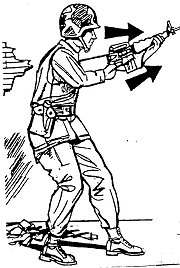
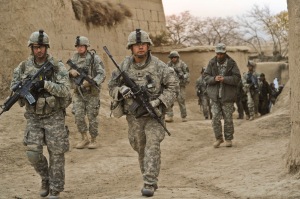
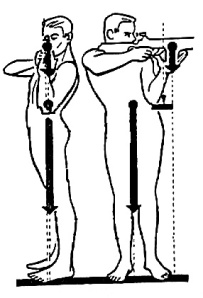
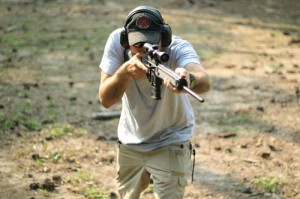
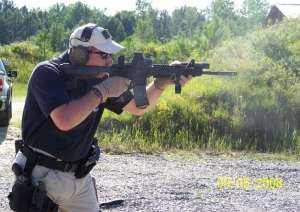
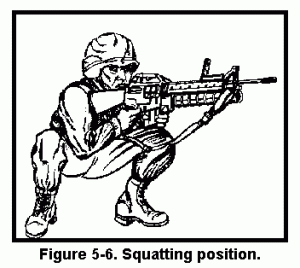
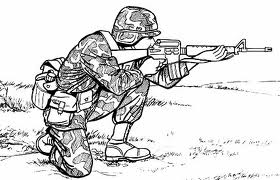
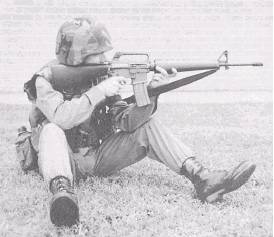
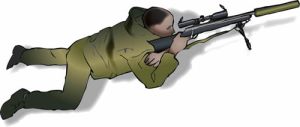
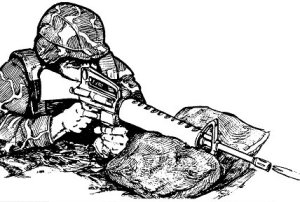
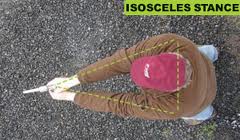
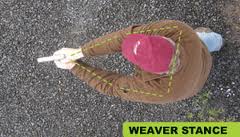
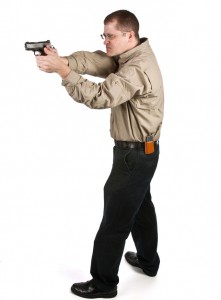
Attractive element of content. I just stumbled upon your web site and
in accession capital to assert that I acquire in fact enjoyed
account your weblog posts. Anyway I’ll be subscribing for your
feeds or even I achievement you get entry to persistently fast.